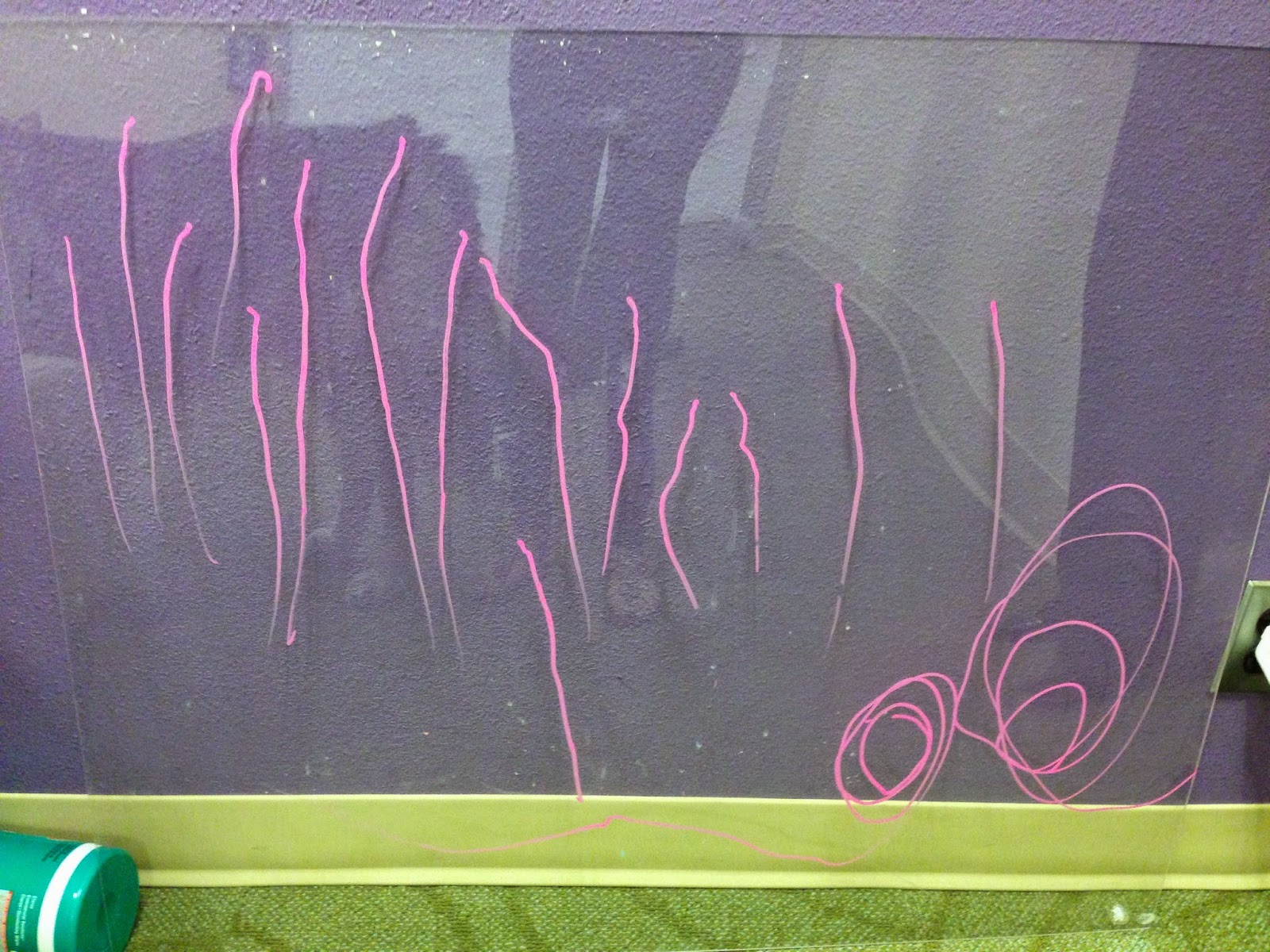Hi everyone,
This will (most probably) be my final post on this blog! These last couple weeks were the final weeks of my SRP. I spent them analyzing data and finishing my final presentation and paper. To analyze the data, I definitely had to learn some new things about Excel, which I was not completely comfortable with in the beginning. However, as I finally became accustomed to making tables and graphs, it became interesting and fun finding the trends in the data. In addition, as I put the finishing touches on my presentation and paper, I definitely learned a lot about presenting data and results in a condensed format.
My final presentation went really well, and I am so happy I was able to share something that I truly enjoyed with other people in my school! I will definitely miss this project, and interacting with kids and dogs everyday. However, I am so thankful for this opportunity. It really did give me a new perspective on ASD, and I could not be more grateful.
Thank you all for sticking with me throughout this journey. Thank you so much for reading!
Swati :)
This will (most probably) be my final post on this blog! These last couple weeks were the final weeks of my SRP. I spent them analyzing data and finishing my final presentation and paper. To analyze the data, I definitely had to learn some new things about Excel, which I was not completely comfortable with in the beginning. However, as I finally became accustomed to making tables and graphs, it became interesting and fun finding the trends in the data. In addition, as I put the finishing touches on my presentation and paper, I definitely learned a lot about presenting data and results in a condensed format.
My final presentation went really well, and I am so happy I was able to share something that I truly enjoyed with other people in my school! I will definitely miss this project, and interacting with kids and dogs everyday. However, I am so thankful for this opportunity. It really did give me a new perspective on ASD, and I could not be more grateful.
Thank you all for sticking with me throughout this journey. Thank you so much for reading!
Swati :)









